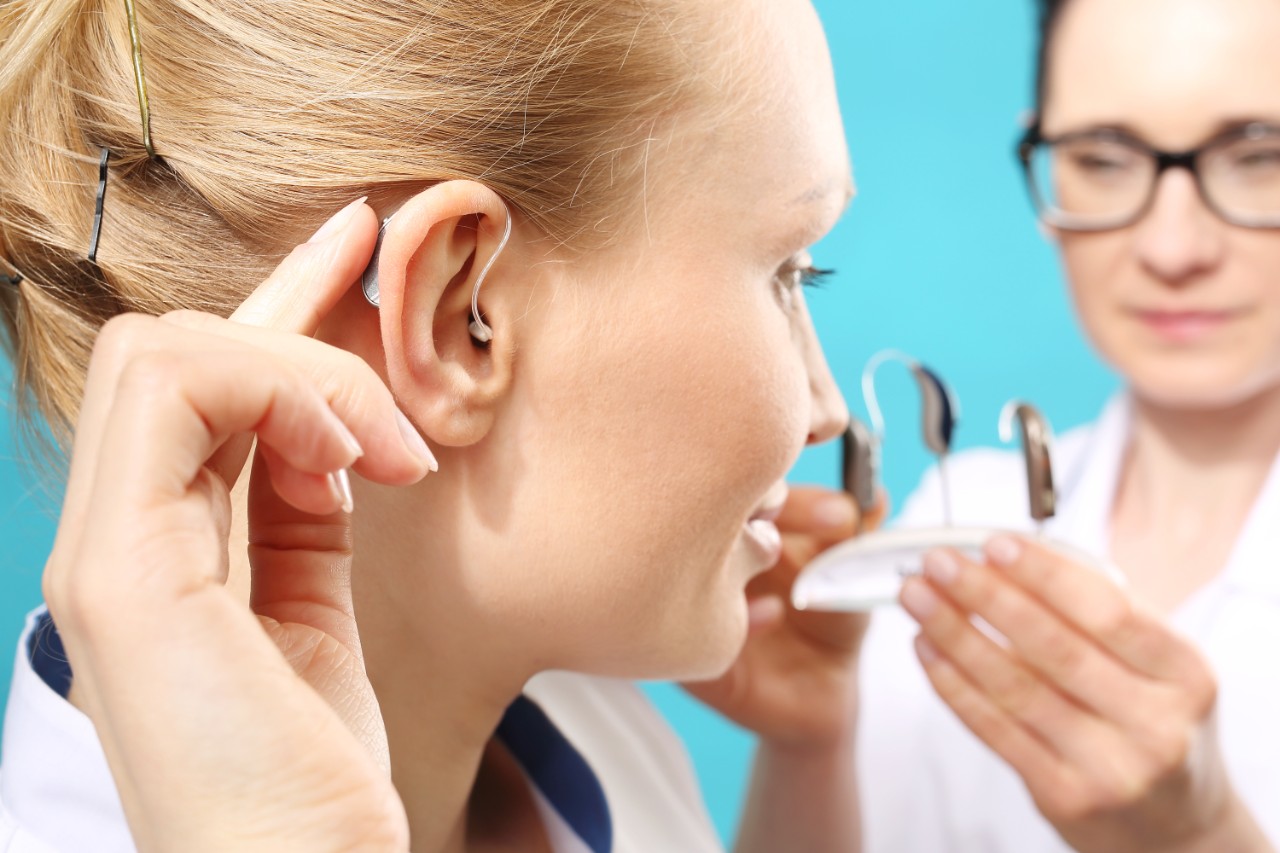BTE hearing aids are designed to rest comfortably behind or on top of the outer ear. They have a curved plastic case that houses the electronic components.

The primary components of a BTE hearing aid include a case, tubing, and an earmold. The case contains the microphone, amplifier, and battery, while the tubing connects the case to the earmold placed in the ear canal.
Powerful Amplification: BTE hearing aids are suitable for a wide range of hearing losses, from mild to profound.
Durability:The electronic components are housed in a protective case behind the ear, reducing exposure to earwax and moisture.
Customization:The earmold can be custom-made for a comfortable and secure fit.
BTE hearing aids can include various features, such as directional microphones, telecoil (for use with hearing loop systems), wireless connectivity, and advanced signal processing.
BTE hearing aids are suitable for people of all ages and are often recommended for children due to their durability and ease of adjustment.
Regular cleaning and maintenance, including changing batteries, cleaning the tubing, and checking for earwax buildup, are essential for optimal performance.
While BTE hearing aids are visible, many users appreciate their sleek and modern designs. Some people opt for skin-colored or discreet options.
Many modern BTE hearing aids come with wireless connectivity features, allowing users to connect to smartphones, TVs, and other audio devices.